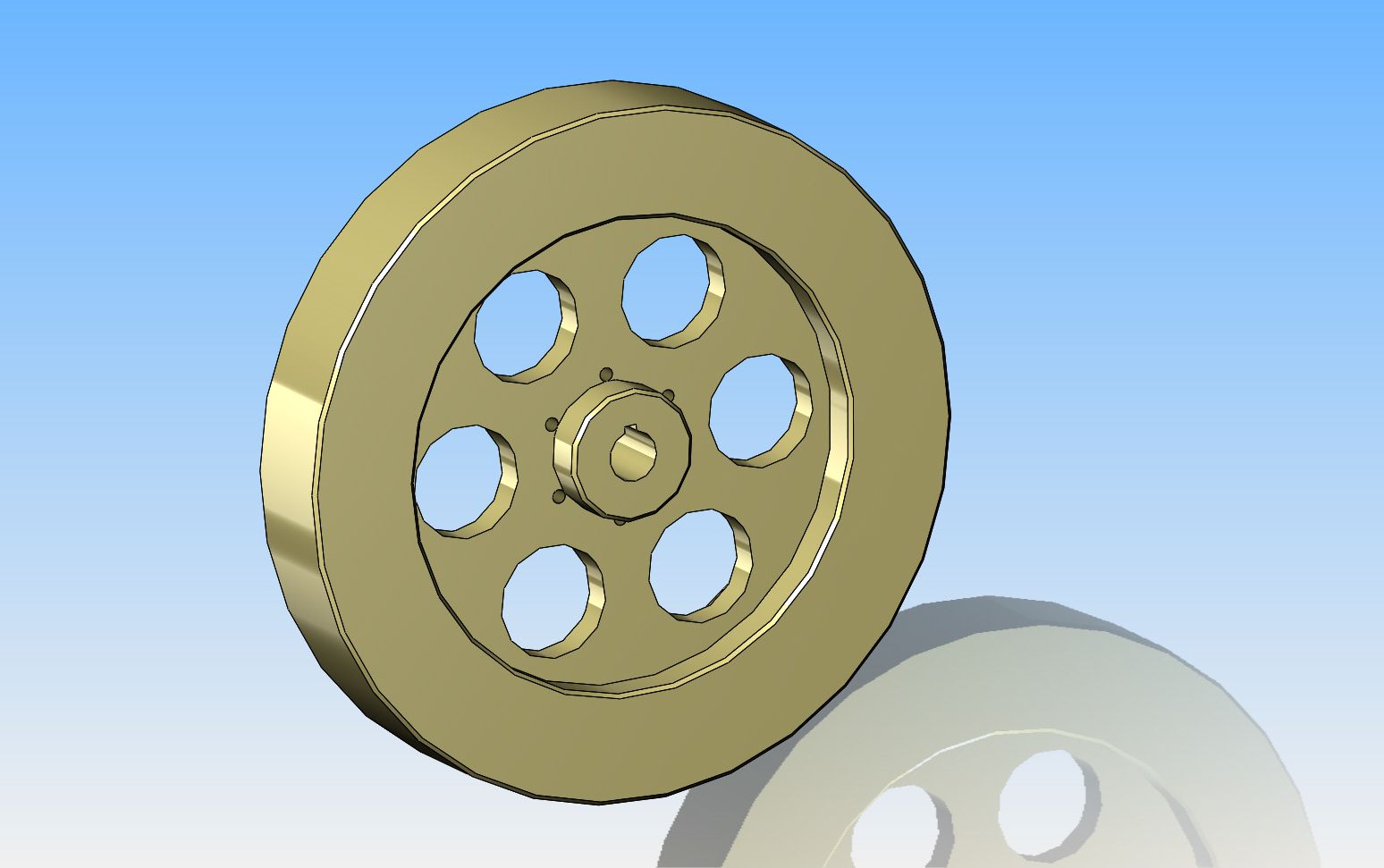Brian, how are the vibration of the oscillating engine?
Probably bad, but I can't really tell. Every engine I build is screwed firmly to the wooden test bench with four #8 woodscrews, one on each corner. When you start an engine using an electric drill as I do, you absolutely do not want the engine to move. You don't want it to suddenly start and jump onto the floor, destroying months of work.I don't balance my engines. I build them, I run them, I video them,, and then they go "on the shelf". Different people have built the engines I design/build and complain because the engines "jump all over the place" when they are running. When someone posts a video of one of my engines running, not bolted down, and "walking" across the floor because of imbalance in the rotating assembly, I feel somewhat insulted. My mandate is to build an engine that runs. If someone wants an engine "balanced and blueprinted", then the onus is on them to look after that aspect of building the engine.----Brian







